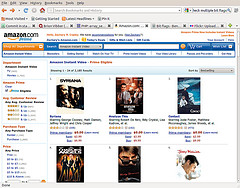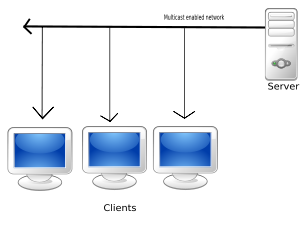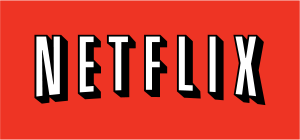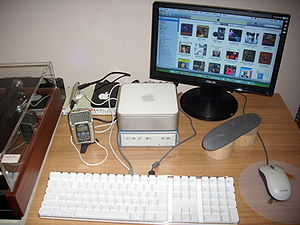“In an Internet/on-demand world your primary concern is the quality of your content, since you are held accountable by the consumer.” – Avner Ronen, CEO, Boxee, 2009
Version 1.5, just released, of the popular media software, Boxee, will be its last for the PC.

“We believe the future of TV will be driven by devices such as the Boxee Box, Connected TVs / Blu-Rays and 2nd screen devices such as tablets and phones. While there are still many users who have computers connected to their TVs, we believe this use case is likely to decline as users find better alternatives. People will continue to watch a lot of video on their computer, but it is more likely to be a laptop than a home-theater PC and probably through a browser rather than downloaded software.”
Boxee started with community support. We showed up at every Boxee NYC event. Nearly a year ago, we asked if Boxee had ‘sold out‘. They had slowed their PC development to a crawl, and now they are releasing a final version, after which they will focus solely on their embedded hardware. There are complaints about numerous firmware issues on their hardware.
We threw a lot of support behind Boxee early on, because they seemed to understand the HTPC hobbyist. They started with trying to create a seamless and social experience based on top of XMBC, an open-source media center with extensible plugins. We understand the needs of a business to make money, but each decision has been a nail in the coffin. There are many less expensive options for streaming. Roku boxes start at $50. Many of these features are integrated into TVs and Blu-Ray players.
Boxee may have missed its chance, and is floundering for a way to succeed. We can say we are very disappointed. We still remember when Boxee CEO Avner Ronen had a very public debate with Mark Cuban about the future of video, from which the quote at the top of this article appears. Ronen was referring to cable providers, but he should remember his own words:
The concern should be quality, for you are held accountable by your consumers.Â
Related articles
- Boxee 1.5 nears release, will be final desktop version (engadget.com)
- Boxee is discontinuing its PC software, focusing on set-top-boxes, mobile apps (liliputing.com)
- Boxee To Drop Support for Windows, Macs, and Linux (readwriteweb.com)
- Boxee abandons HTPC users (edugeek.net)
- Boxee to Release Last Software Update for PCs (allthingsd.com)

















